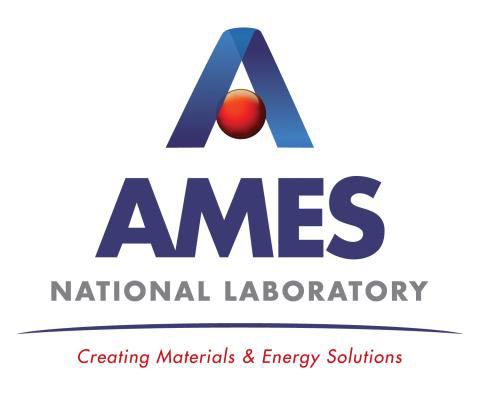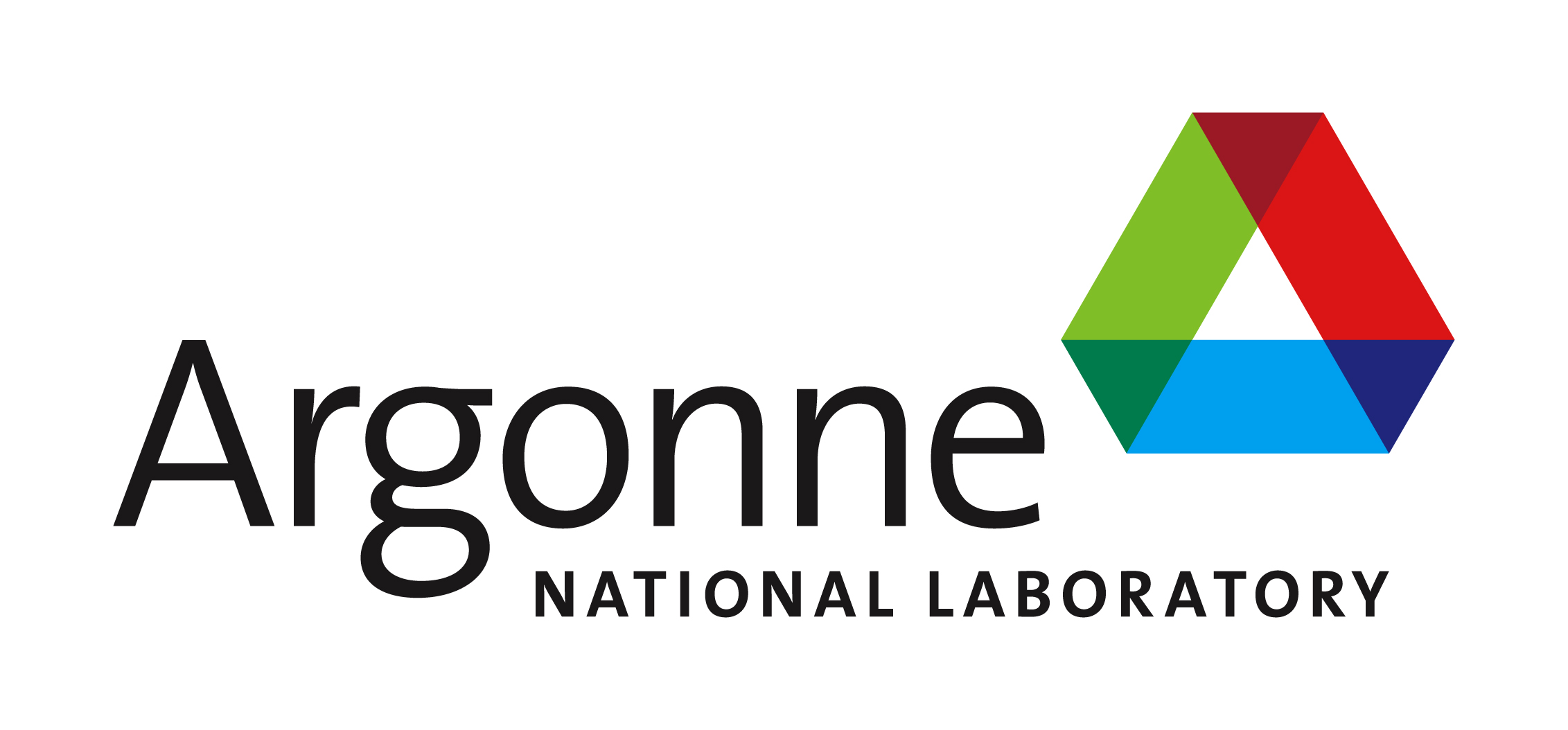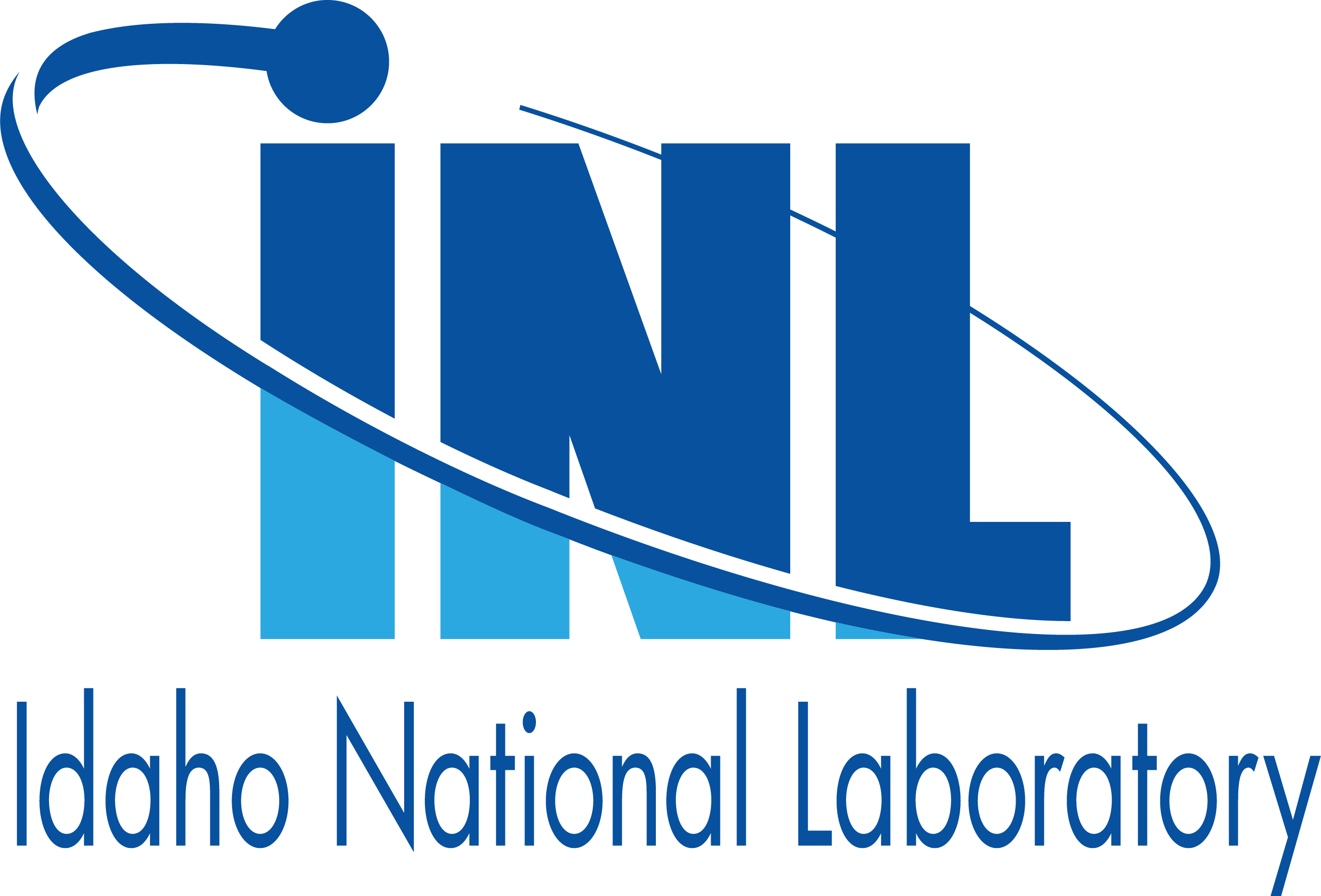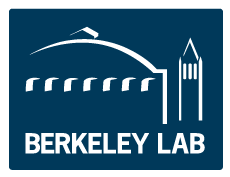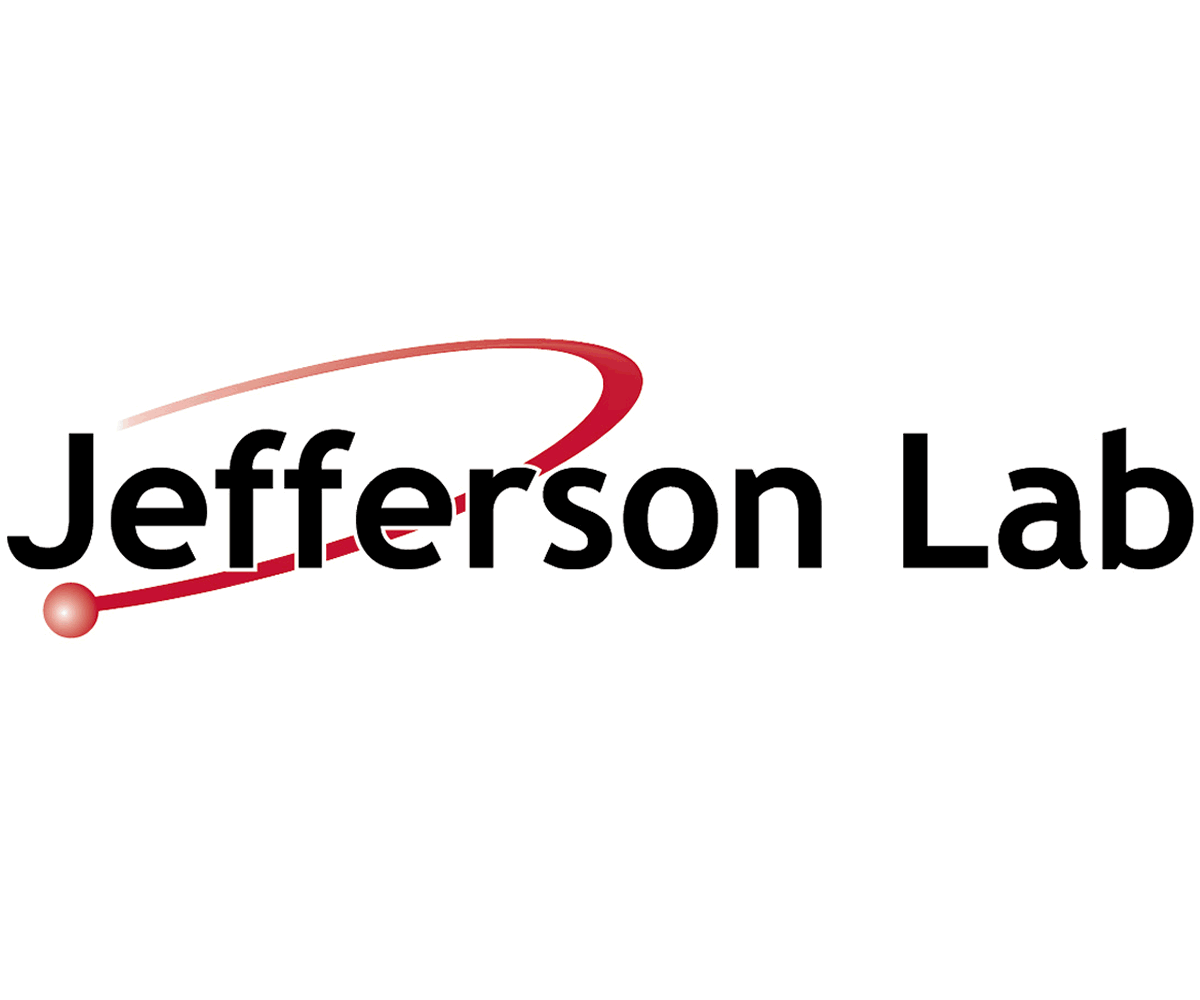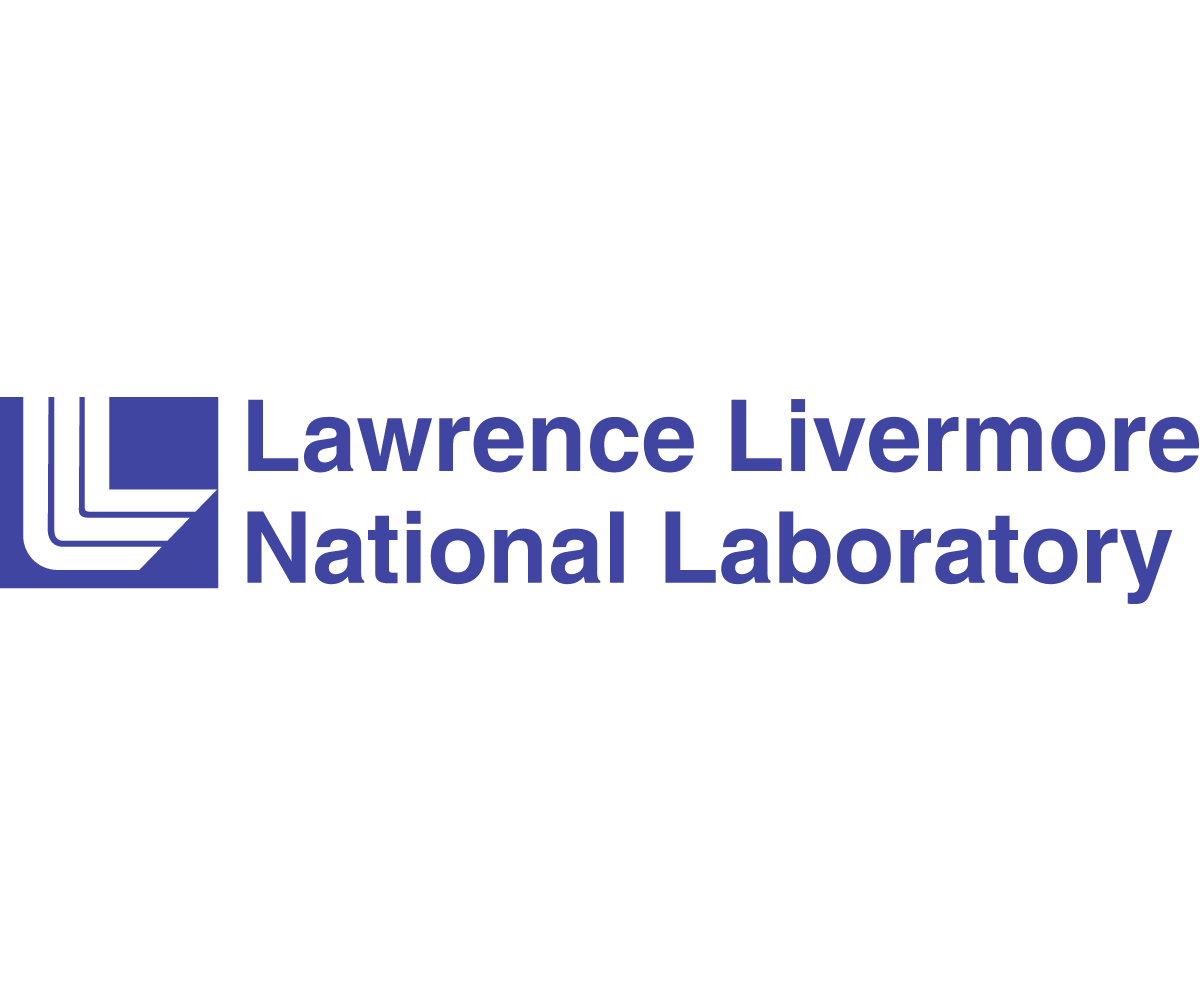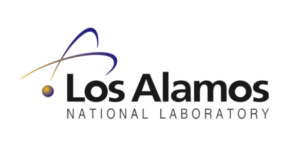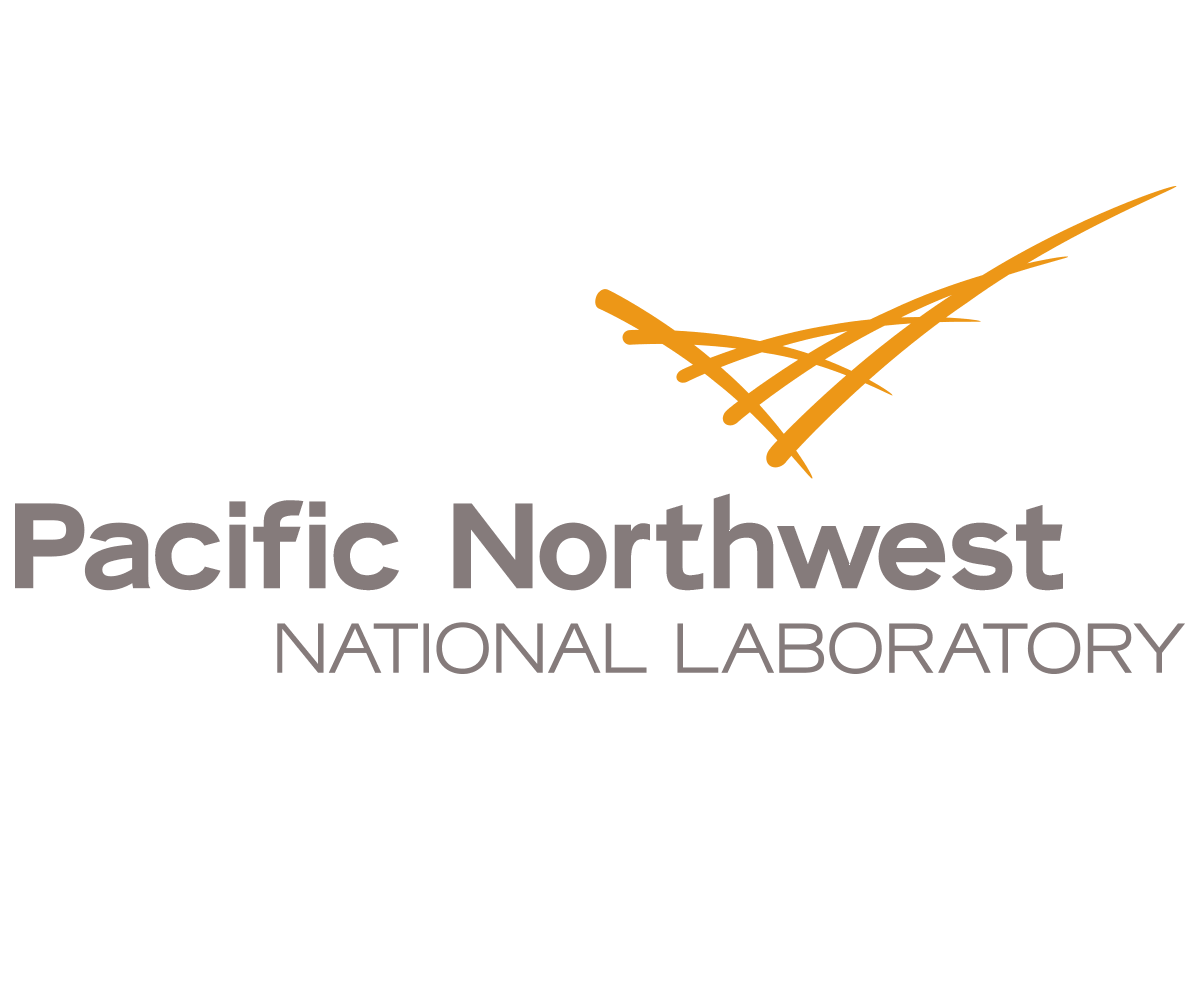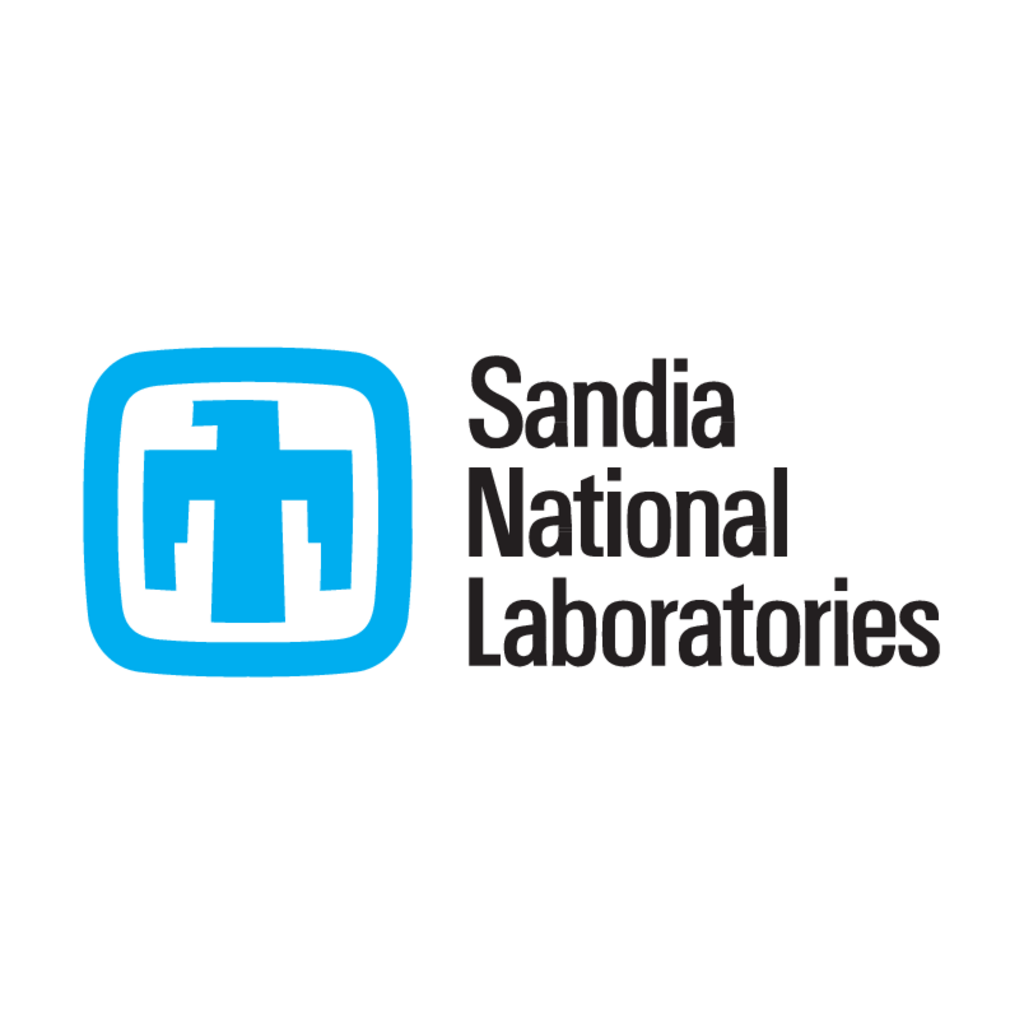National Research Laboratories
The research institutes at UTSA are cross-disciplinary collaborations within the University that sponsor research that informs public policy, builds cultural understanding, improves medical care, enhances scientific knowledge, and often advances economic development.
There are 32 research centers and institutes at UTSA which are governed by the Deans Research Council (DRC). Visit their websites for more information about the work of these UTSA Research Centers & Institutes, National Laboratories, and Department of Defense laboratories.
The Ames Laboratory is a government-owned, contractor-operated national laboratory of the U.S. Department of Energy (DOE), operated by and located on the campus of Iowa State University in Ames, Iowa. The Ames Laboratory leads the Critical Materials Institute where researchers develop solutions to domestic shortages of rare-earth materials and other materials critical to U.S. energy security.
Argonne is a multidisciplinary science and engineering research center of world-class researchers working alongside experts from industry, academia and other government laboratories to address vital national challenges in clean energy, environment, technology and national security. Through collaborations with scientists and engineers strive to discover new ways to develop energy innovations through science, create novel materials molecule-by-molecule, and gain a deeper understanding of our planet, our climate and the cosmos.
Brookhaven National Laboratory is a multipurpose research institution funded primarily by the U.S. Department of Energy’s Office of Science. Located on the center of Long Island, New York, Brookhaven Lab brings world-class facilities and expertise to the most exciting and important questions in basic and applied science—from the birth of our universe to the sustainable energy technology of tomorrow.
Fermilab is America’s particle physics and accelerator laboratory. What are we made of? How did the universe begin? What secrets do the smallest, most elemental particles of matter hold, and how can they help us understand the intricacies of space and time? As the United States’ premier particle physics laboratory, we work on the world’s most advanced particle accelerators and dig down to the smallest building blocks of matter. We also probe the farthest reaches of the universe, seeking out the nature of dark matter and dark energy.
In operation since 1949, INL is a science-based, applied engineering national laboratory dedicated to supporting the U.S. Department of Energy’s missions in nuclear and energy research, science, and national defense. The laboratory works with national and international governments, universities and industry partners to discover new science and develop technologies that underpin the nation’s nuclear and renewable energy, national security and environmental missions.
Berkeley Lab is a member of the national laboratory system supported by the U.S. Department of Energy through its Office of Science. It is managed by the University of California (UC) and is charged with conducting unclassified research across a wide range of scientific disciplines.
Thomas Jefferson National Accelerator Facility (Jefferson Lab) is one of 17 national laboratories funded by the U.S. Department of Energy. The lab’s primary mission is to conduct basic research of the atom’s nucleus using the lab’s unique particle accelerator, known as the Continuous Electron Beam Accelerator Facility (CEBAF). Jefferson Lab also conducts a variety of research using its Free-Electron Laser, which is based on the same electron-accelerating technology used in CEBAF.
Lawrence Livermore National Laboratory has a mission of strengthening the United States’ security through development and application of world-class science and technology to:
- Enhance the nation’s defense;
- Reduce the global threat from terrorism and weapons of mass destruction;
- Respond with vision, quality, integrity and technical excellence to scientific issues of national importance.
The Lab’s mission is to develop and apply science and technology to ensure the safety, security, and reliability of the U.S. nuclear deterrent; reduce global threats; and solve other emerging national security and energy challenges.
The National Energy Technology Laboratory (NETL), part of the U.S. Department of Energy (DOE) national laboratory system, is owned and operated by the DOE. NETL supports the DOE mission to advance the energy security of the United States. NETL implements a broad spectrum of energy and environmental research and development (R&D) programs that will return benefits for generations to come.
Oak Ridge National Laboratory is DOE’s largest multiprogram science and energy laboratory, with scientific and technical capabilities spanning the continuum from basic to applied research. These resources enable the lab to tackle an exceptionally wide range of R&D assignments, from fundamental nuclear physics to applied R&D on advanced energy systems.
Located in Richland, Washington, Pacific Northwest National Laboratory is one among ten U.S. Department of Energy (DOE) national laboratories managed by DOE’s Office of Science. Our research strengthens the U.S. foundation for innovation, and we help find solutions for not only DOE, but for the U.S. Department of Homeland Security, the National Nuclear Security Administration, other government agencies, universities and industry.
The U.S. Department of Energy’s Princeton Plasma Physics Laboratory (PPPL) is a collaborative national center for fusion energy research. The Laboratory advances the coupled fields of fusion energy and plasma physics research, and, with collaborators, is developing the scientific understanding and key innovations needed to realize fusion as an energy source for the world. An associated mission is providing the highest quality of scientific education.
Sandia’s unique mission responsibilities in the nuclear weapons (NW) program create a foundation from which we leverage capabilities, enabling us to solve complex national security problems.
The Savannah River National Laboratory (SRNL) is the applied research and development laboratory at the U.S. Department of Energy’s (DOE) Savannah River Site (SRS). SRNL applies this commitment to solving the complex problems of the times, such as the detection of weapons of mass destruction, the cleanup of contaminated groundwater and soils, the development of hydrogen as an energy source, the need for a viable national defense, and the safe management of hazardous materials.
The SLAC National Accelerator Laboratory, operated by Stanford University, built the world’s longest particle accelerator, discovered some of the fundamental building blocks of matter and created the first website in North America. SLAC’s top-notch scientists are working to discover new drugs for healing, new materials for electronics and new ways to produce clean energy and clean up the environment.
Links to the other Research Centers & Institutes
